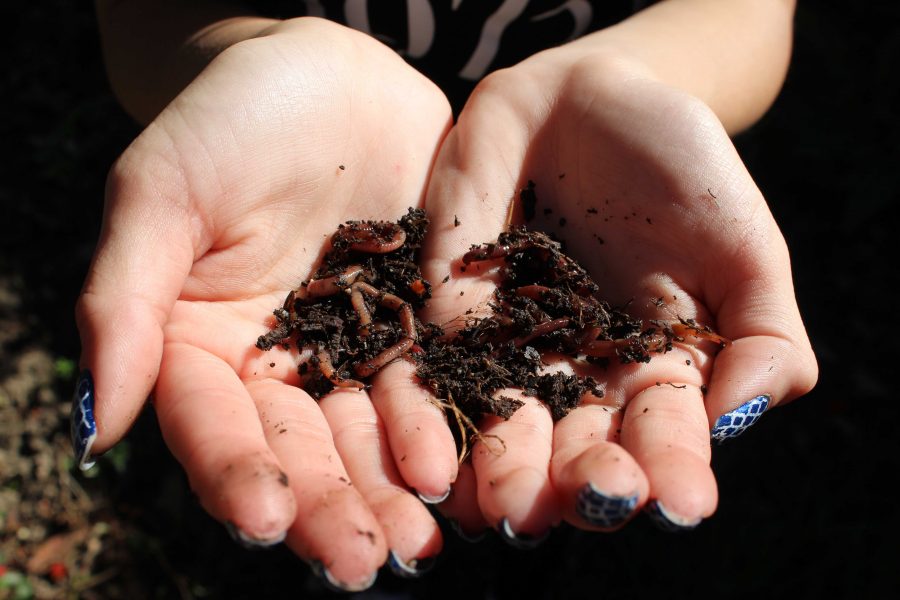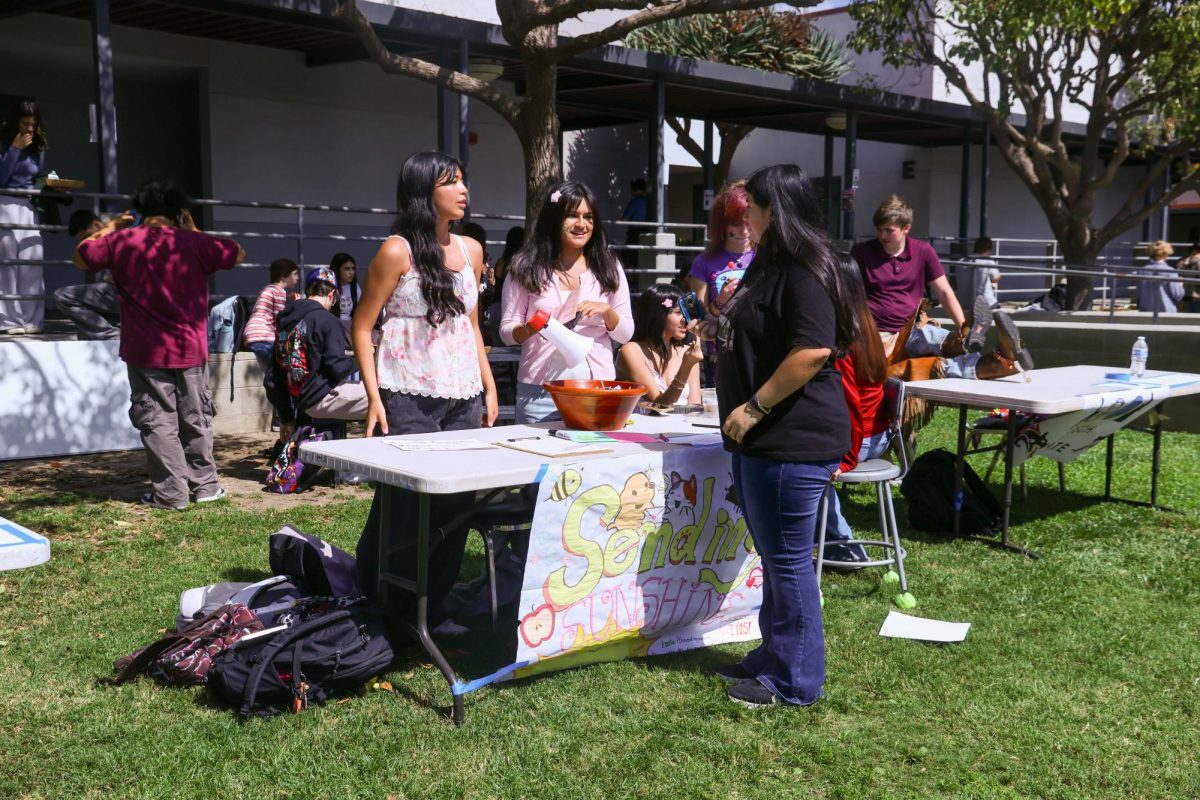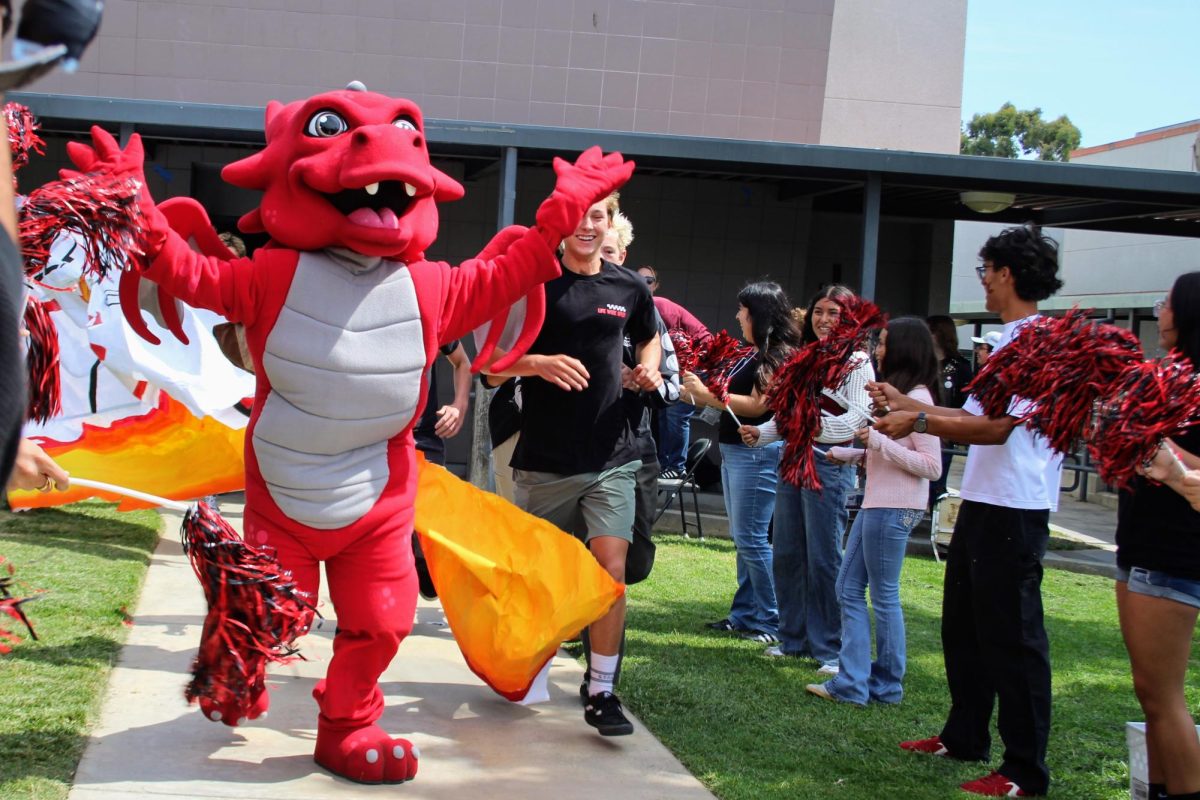This Monday, the freshmen class began the process of finishing the Worm Box Project. The project was led by biology teacher Macie Vega and took place over a course of 10 weeks.
The aim of the project was to use a hands-on approach to deepen the students’ understandings about the many concepts they learned from textbooks, as well as learning more about .
“The purpose of the activity was to get students thinking about population growth, limiting resources, and carrying capacity,” said Vega.
“As the population of the world continues to grow exponentially, there are many ‘real world’ applications to this project.”
[soundcloud url=”https://api.soundcloud.com/tracks/185138159″ params=”color=ff5500&auto_play=false&hide_related=false&show_comments=true&show_user=true&show_reposts=false” width=”100%” height=”166″ iframe=”true” /]
The project consisted of research, taking care of the worms, and recording the progress on blogs. The worms were kept in plastic shoe boxes in the D-pod; students took time out of FIRE to maintain these worm boxes.
They could feed their worms whatever they thought would help them prosper, including coffee grounds, compost, bread, kale, and even tea bags.
“[My favorite part of the project] is counting the worms,” freshman Karl Roth said. “I’m like the hands-on job person so I like to count the worms.”
“You get to see how much what you’ve been doing works and it really shows that the effort you’re putting in is getting results,” freshman Josie Thorp said.
Ryan Moore, self proclaimed “Boy Who Harnessed the Worms,” said at his last check, he had more than 100 worms.
However, some students were not as successful in breeding the worms. Katlyn Urick’s group plateaued at six worms, she wrote on her group’s blog, “WormsForBiology.”
Despite all of the positive feedback from the students, the Worm Box project did have its drawbacks. Many groups accidentally created the perfect environment for a swarm of unwanted fruit flies.
“The D-pod was infested,” Vega said.
To solve the problem, the students modified the diets of the worms and set out traps, which largely solved the problem.
Although the flies were an issue, the new project has been a success.
The students finished growing their worms on Monday and will conclude their project by finals week.
Background Photo Credit: Carrie Coonan/The Foothill Dragon Press








